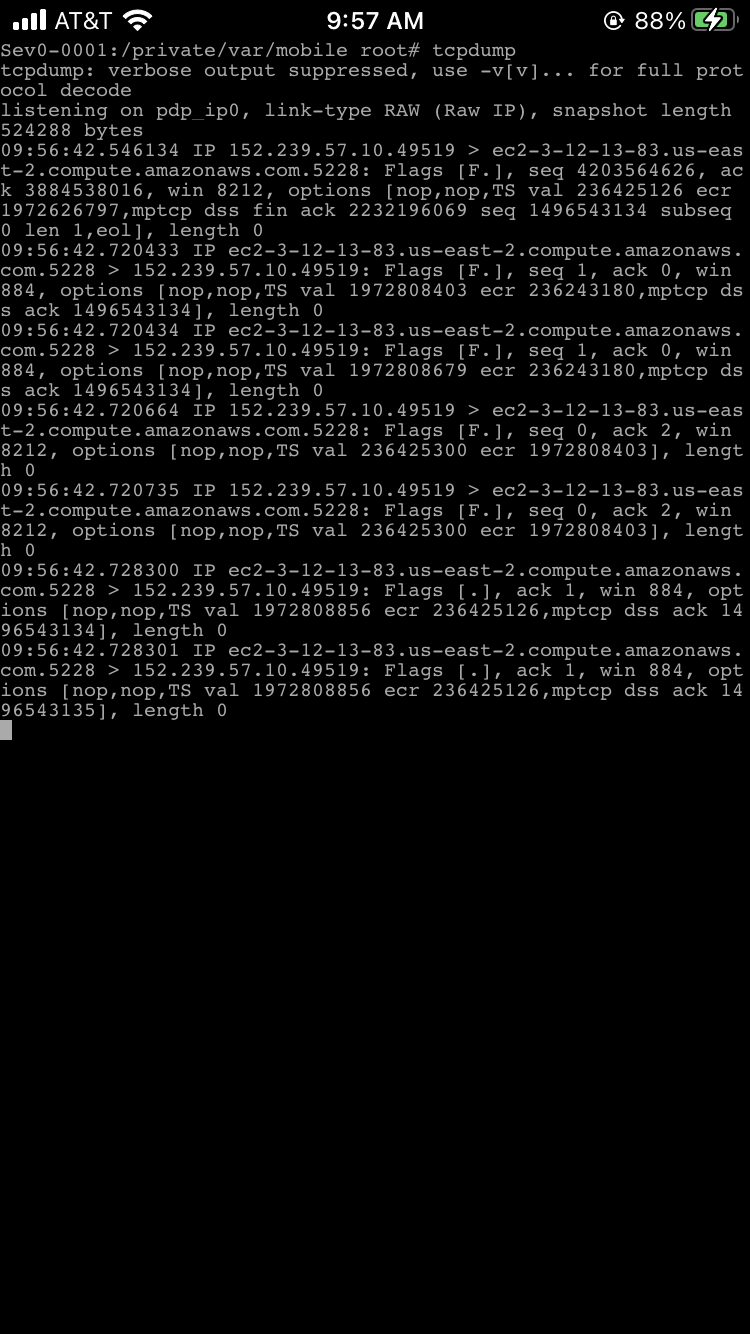The Internet of Things (IoT) has transformed industries by connecting everyday devices to the internet. From healthcare monitors to smart thermostats, IoT devices have become essential tools, yet they also introduce unique security risks. Ensuring these devices are secure requires a thorough IoT penetration testing (pen-testing) methodology that identifies vulnerabilities and strengthens defenses against cyberattacks. In this guide, we’ll break down the steps in IoT pen-testing and explore why it’s essential for securing IoT systems.
Why IoT Penetration Testing is Important
IoT devices are often susceptible to cyber threats due to limited computing resources, outdated firmware, and a lack of encryption. IoT penetration testing proactively identifies vulnerabilities in these devices, safeguarding sensitive information and protecting networks from attacks. For industries such as healthcare, manufacturing, and smart infrastructure, IoT security is critical to prevent breaches and ensure continuity. Regular IoT testing also helps businesses meet regulatory compliance standards for data protection.
IoT Testing Methodology Overview
IoT penetration testing follows a structured methodology that examines both the hardware and software aspects of IoT devices. This methodology includes:
- Identifying Device Vulnerabilities: Evaluating firmware, software, and communication protocols to uncover weak points.
- Analyzing Data Security: Reviewing data storage and transmission to ensure encryption and secure handling.
- Testing Network Configurations: Verifying that IoT devices are properly isolated from sensitive networks and are protected from unauthorized access.
Key Stages in IoT Penetration Testing
Each stage of the IoT pen-testing process focuses on a critical aspect of device security. Here’s a breakdown of the major stages:
1. Asset Discovery
The first stage involves identifying all IoT devices within a network to create a comprehensive device inventory. This inventory helps security teams understand the extent of the IoT infrastructure and prioritize high-risk devices for further testing.
- Goals: Identify each device, document hardware specifications, and note network connections.
- Tools: Network mapping tools like Nmap and Shodan help scan for internally or externally connected devices and catalog them.
2. Vulnerability Assessment
Once devices are identified, the vulnerability assessment phase scans for known vulnerabilities, misconfigurations, and weak settings. This step often includes automated vulnerability scans followed by manual reviews to verify findings.
- Goals: Detect open ports, check for unpatched firmware, and assess default or weak credentials.
- Tools: Vulnerability scanners like Nessus and OpenVAS assist in identifying software vulnerabilities and configuration issues.
3. Firmware Analysis
Firmware analysis examines the underlying software that powers IoT devices. Many firmware versions contain hardcoded credentials, outdated encryption, or exploitable functions, making them targets for cybercriminals.
- Goals: Decompile firmware, look for backdoors, analyze code, and check for embedded credentials.
- Tools: Reverse engineering tools like IDA Pro, Ghidra, and Binwalk help analyze firmware binaries.
4. Exploitation Testing
Exploitation testing attempts to simulate real-world attacks on identified vulnerabilities. This phase assesses whether an attacker could exploit weaknesses to control the device, manipulate data, or disrupt services.
- Goals: Test exploit feasibility, identify access points, and evaluate potential damage.
- Tools: Pen-testing tools like Metasploit and Burp Suite are used for controlled exploitation and testing attack scenarios.
5. Reporting and Remediation
After testing, the security team compiles a detailed report outlining the vulnerabilities found, their severity, and recommended remediation actions. This report is essential for improving device security and reducing the risk of future breaches.
- Goals: Document findings, prioritize vulnerabilities, and provide actionable solutions.
- Tools: Reporting platforms or templates within pen-testing suites help structure findings and recommendations.
Common Tools for IoT Pen-Testing
Pen-testing IoT devices requires specialized knowledge and tools tailored to IoT hardware and software environments. Many times custom scripts and tools are created to perform certain vulnerability and exploitation activities. Here are some of the most commonly used open-source tools to perform initial steps of scanning and discovery:
- Nmap: Network scanning to discover IoT devices and open ports.
- Shodan: Internet search engine that indexes publicly accessible IoT devices, useful for identifying unprotected devices.
- Nessus/OpenVAS: Automated vulnerability scanners to identify configuration issues and outdated software.
- IDA Pro/Ghidra/Binwalk: Firmware analysis and reverse engineering tools.
- Metasploit/Burp Suite: Exploitation tools for controlled testing and assessing potential vulnerabilities.
Best Practices for Effective IoT Testing
Following best practices in IoT pen-testing can enhance the effectiveness and accuracy of security assessments:
- Regularly Update Firmware: Ensure devices have the latest firmware updates to patch known vulnerabilities. We suggest you create a starting point on the security posture of your device’s firmware and identify any 3rd party libraries that may have vulnerabilities.
- Use Network Segmentation: Segment IoT devices from critical networks to limit the impact of potential breaches. This applies to the IoT devices target operating environment.
- Implement Strong Authentication: Replace default credentials with strong, disable any debug accounts or shell profiles that aren’t needed for internal minimal operation.
- Encrypt Data in Transit: Ensure all data exchanged between IoT devices and networks is encrypted to prevent interception. This mainly applies to portal-to-device communications.
- Monitor IoT Traffic: Continuously monitor device activity to detect and respond to anomalies. Monitoring for anomalies can provide visibility into hacking attempts.
The Role of IoT Penetration Testing in Security
As IoT devices continue to connect and automate various aspects of business operations, the need for robust security becomes more critical. IoT penetration testing provides a proactive approach to safeguarding these devices, ensuring they are not vulnerable entry points for attackers. By following a structured testing methodology, leveraging specialized tools, and implementing best practices, organizations can secure their IoT infrastructure and mitigate cyber risks effectively.







